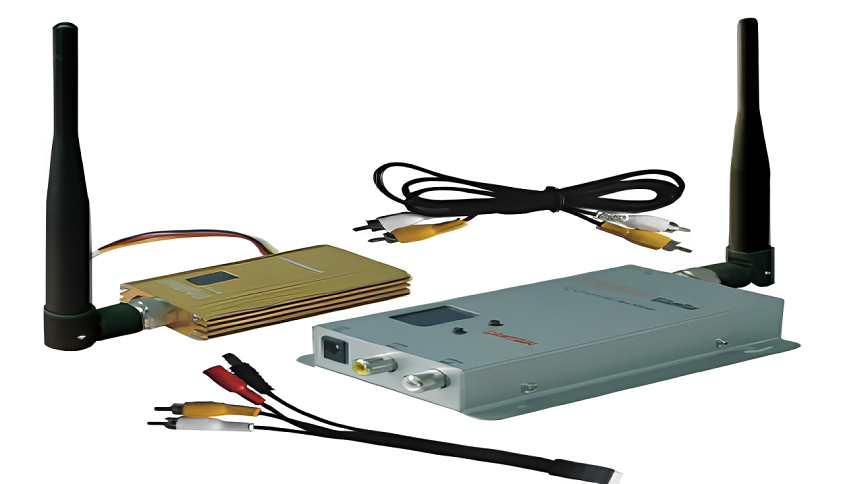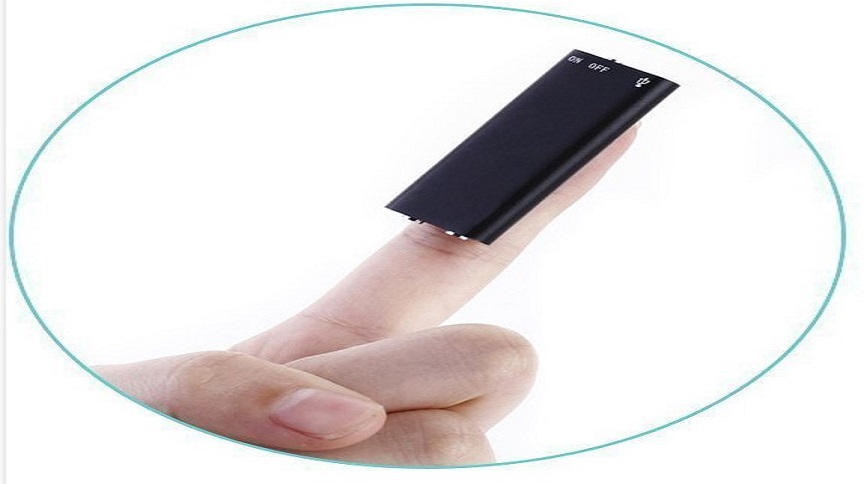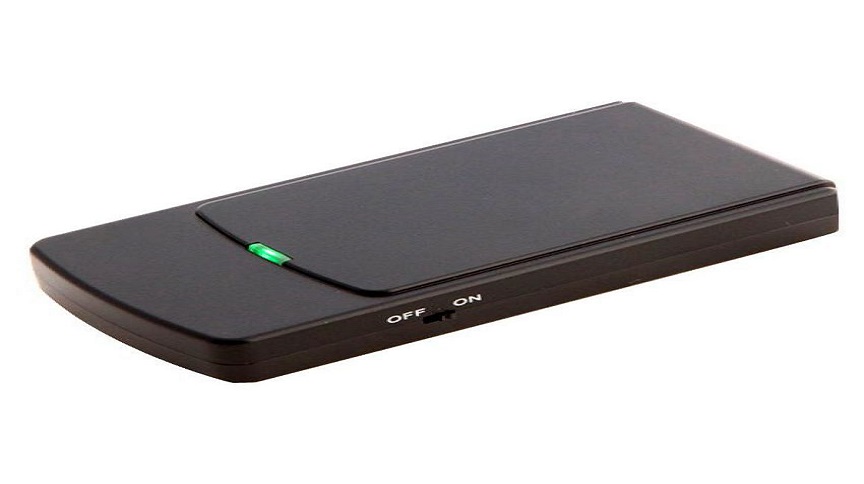Spy Camera Jammers: The Ultimate Solution for Privacy Protection
In an era where privacy concerns are at an all-time high, the need for effective tools to safeguard personal spaces has become essential. Spy cams, often hidden in everyday objects, pose a serious threat to your privacy. Spy camera jammers provide the perfect solution to combat these hidden devices and ensure your privacy remains intact. What Are Spy Camera Jammers? Spy camera jammers are electronic devices that block the signal of hidden cameras, preventing them from recording or transmitting footage. These jammers work by emitting a frequency that interferes with the camera’s signal, rendering it useless. Whether you’re in a hotel, office, or public place, a spy camera jammer can protect you from unwanted surveillance. Spy Camera Video Jammer 2.4GHz: Blocking Wireless Signals Most wireless spy cameras operate on the 2.4GHz frequency, which is widely used for video transmission. A spy camera video jammer 2.4GHz is specifically designed to block this frequency, ensuring that wireless cameras cannot send live footage. By targeting this common frequency, these jammers offer an effective way to disrupt hidden cameras that rely on wireless signals. Portable Spy Cam Jammers: On-the-Go Protection For those who need privacy protection wherever they go, portable spy cam jammers are the perfect solution. Compact and easy to carry, these devices allow you to safeguard your privacy in any environment. Whether you’re traveling, attending meetings, or simply spending time in public spaces, a portable spy cam jammer ensures that you’re always in control of your personal security. How Do Spy Cams Threaten Your Privacy? Spy cams are often disguised in everyday items such as clocks, smoke detectors, or even phone chargers. These devices can capture video without your knowledge, violating your privacy. In sensitive areas like changing rooms, hotel rooms, or offices, spy cams can record your activities, leading to serious privacy breaches. Spy camera jammers effectively neutralize these threats by preventing hidden cameras from functioning. Why You Need Spy Camera Jammers With the rise of hidden cameras, it’s becoming increasingly difficult to detect these devices. Spy camera jammers provide a proactive solution to prevent unauthorized surveillance. By blocking the camera’s ability to transmit footage, these jammers ensure that your personal moments remain private. Choosing the Right Spy Camera Jammer When selecting a spy camera jammer, it’s important to consider your specific needs. For general use, a spy camera video jammer 2.4GHz is ideal for blocking wireless cameras. If you require a more portable option, a portable spy cam jammer offers flexibility and convenience. No matter your choice, having a reliable jammer on hand is a crucial step in protecting your privacy. Conclusion: Stay Protected with Spy Camera Jammers Privacy is a fundamental right, and in today’s world, it’s under constant threat from hidden spy cams. By investing in spy camera jammers, such as a spy camera video jammer 2.4GHz or a portable spy cam jammer, you can protect your personal space and ensure that your privacy remains intact. Don’t let spy cams invade your life—take control with effective jamming technology. For more information, visit Nacon Wireless today.
Spy Camera Jammers: The Ultimate Solution for Privacy Protection Read More »






